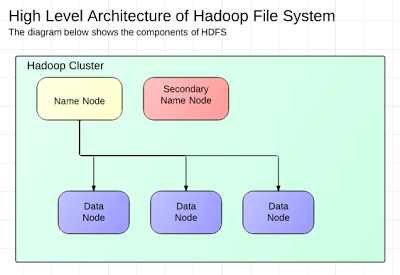APE: Author Publisher Entrepeneur -- the Author
APE - Author Publisher Entrepreneur APE Website I will be reviewing, commenting and sharing my feelings about the book. My plan is to read each section of the book [Author, Publisher, Entrepreneur] and posts my review on this blog. Author - The first seven chapters deals with the realities of what an author faces trying to publish a book.This is the section that help you answer the question "Should i write a book ?". If after reading this section and you answer is still yes, then it gives you a little bit of guidance on how to start things off. [The Art of the Start - Guy Kawasaki]. I liked that the authors pointed out the mountain that you have to face publishing a book the traditional way because it takes away the fantasy that once you are done writing your manuscript you are on your way to selling a bestseller.The authors also pointed out how self-publishing can start a revolution that everybody can publish a book. Everybody can be an author as long as you are wil...
